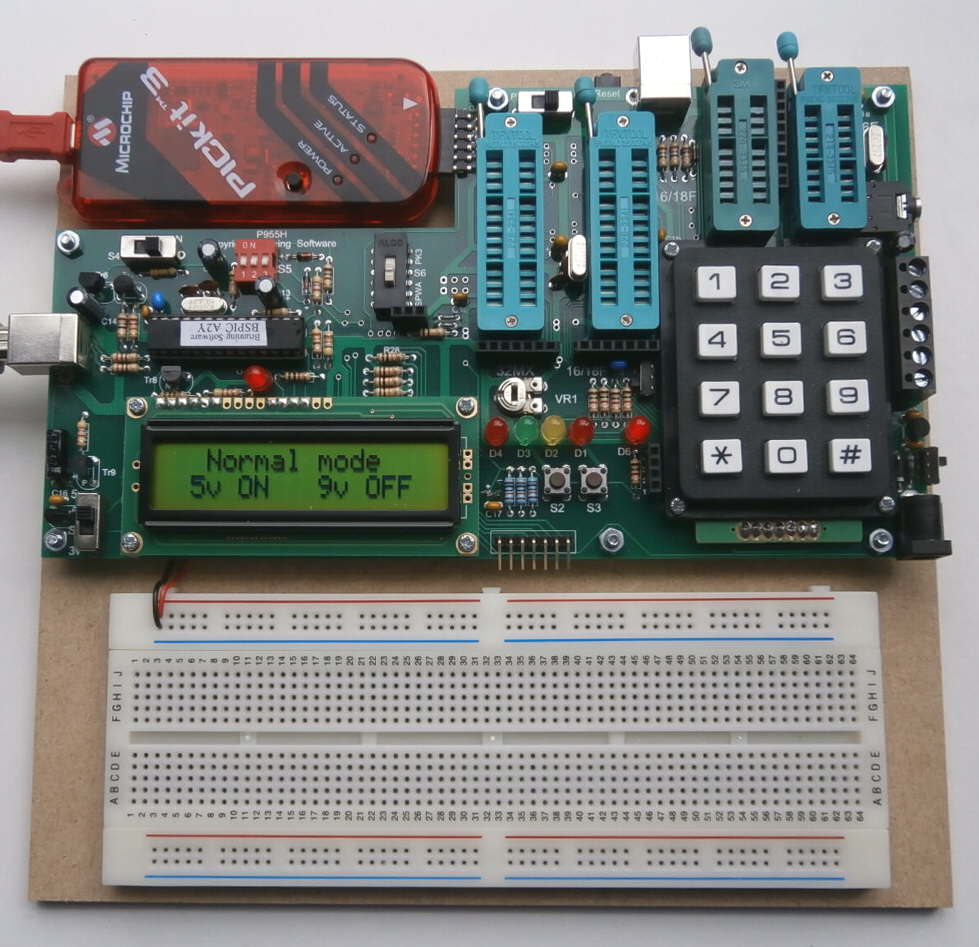
have ready built modules which perform feats which in the early days I could only dream about. But what a difference. Now they walk around with an iphone in their hand and a permanent downward angle to their gaze.
If our tasks are made too easy we loose the ability to create fundamentally original solutions but we cannot avoid the reality of modern life. Computers are here to stay and when used correctly they are the most exciting way to train our brains. We are well past the the days of learning to programme our own simple home computer so we must find an alternative very latest technology system which can generate that same level of creative energy. The microcontroller fulfills this requirement in every way. A microcontroller is a complete computer on a chip but unlike the home computer the simple versions of the microcontroller are still used and are in great demand. So there we have it.